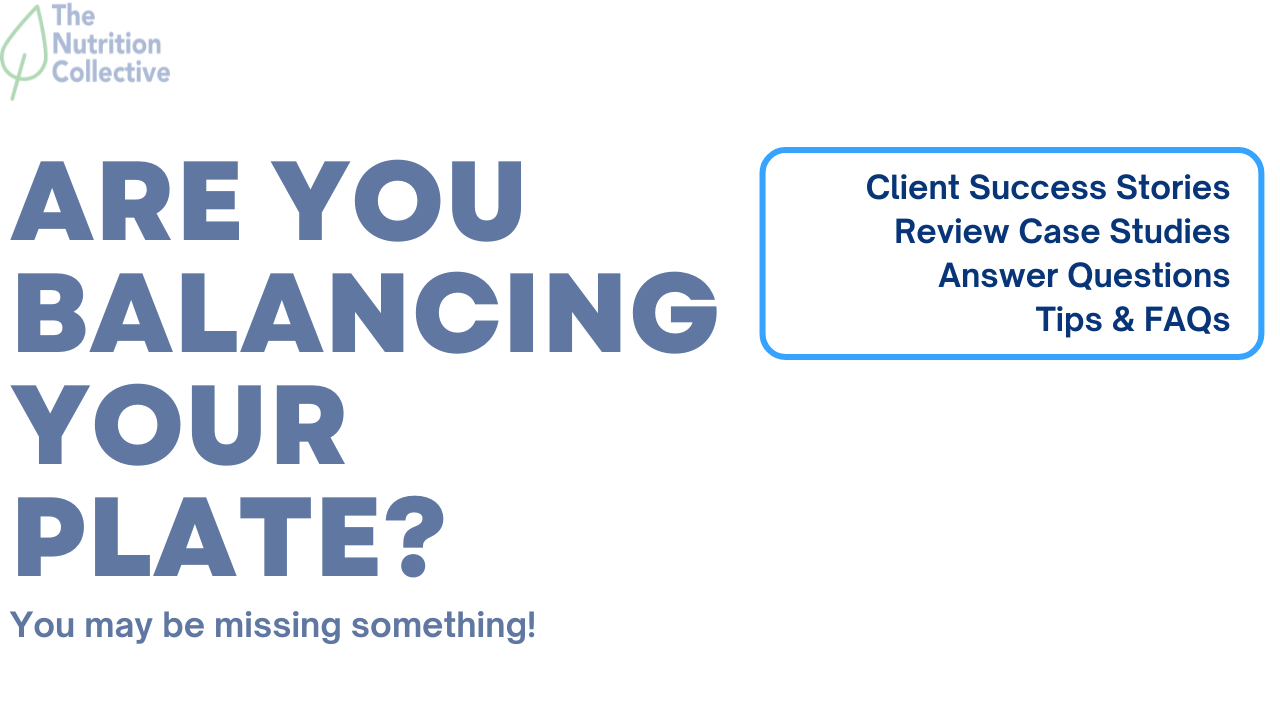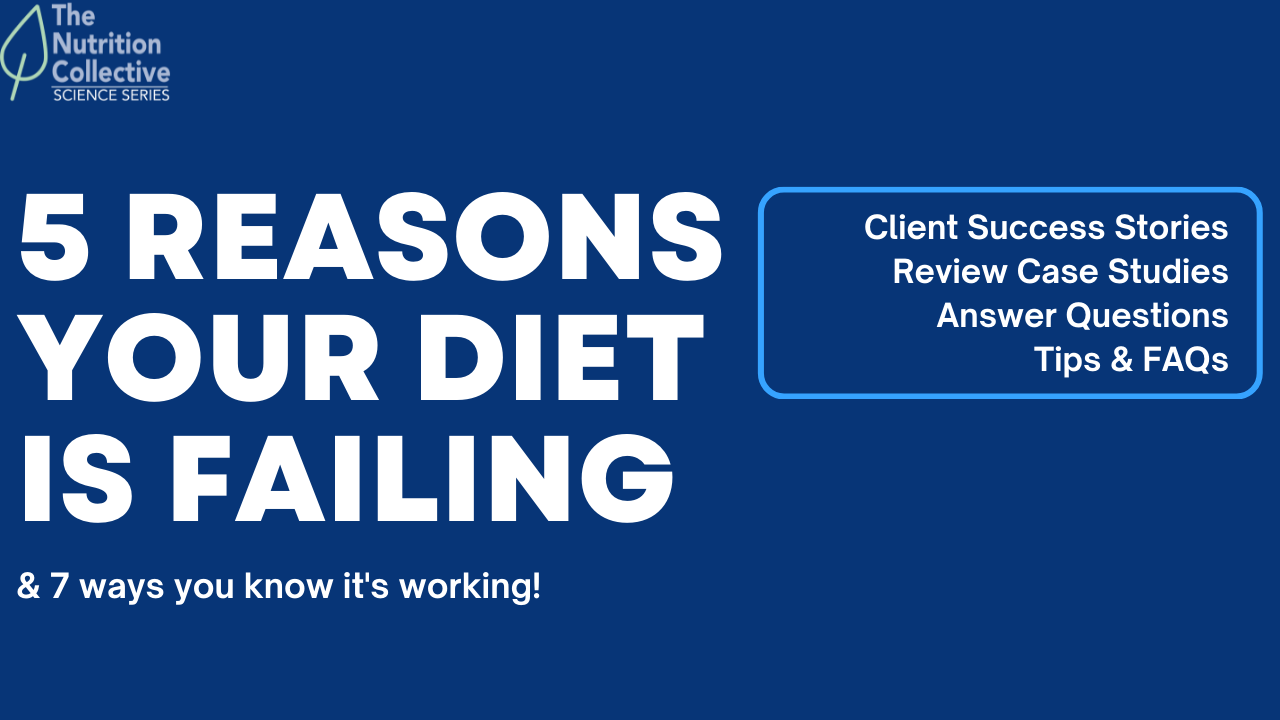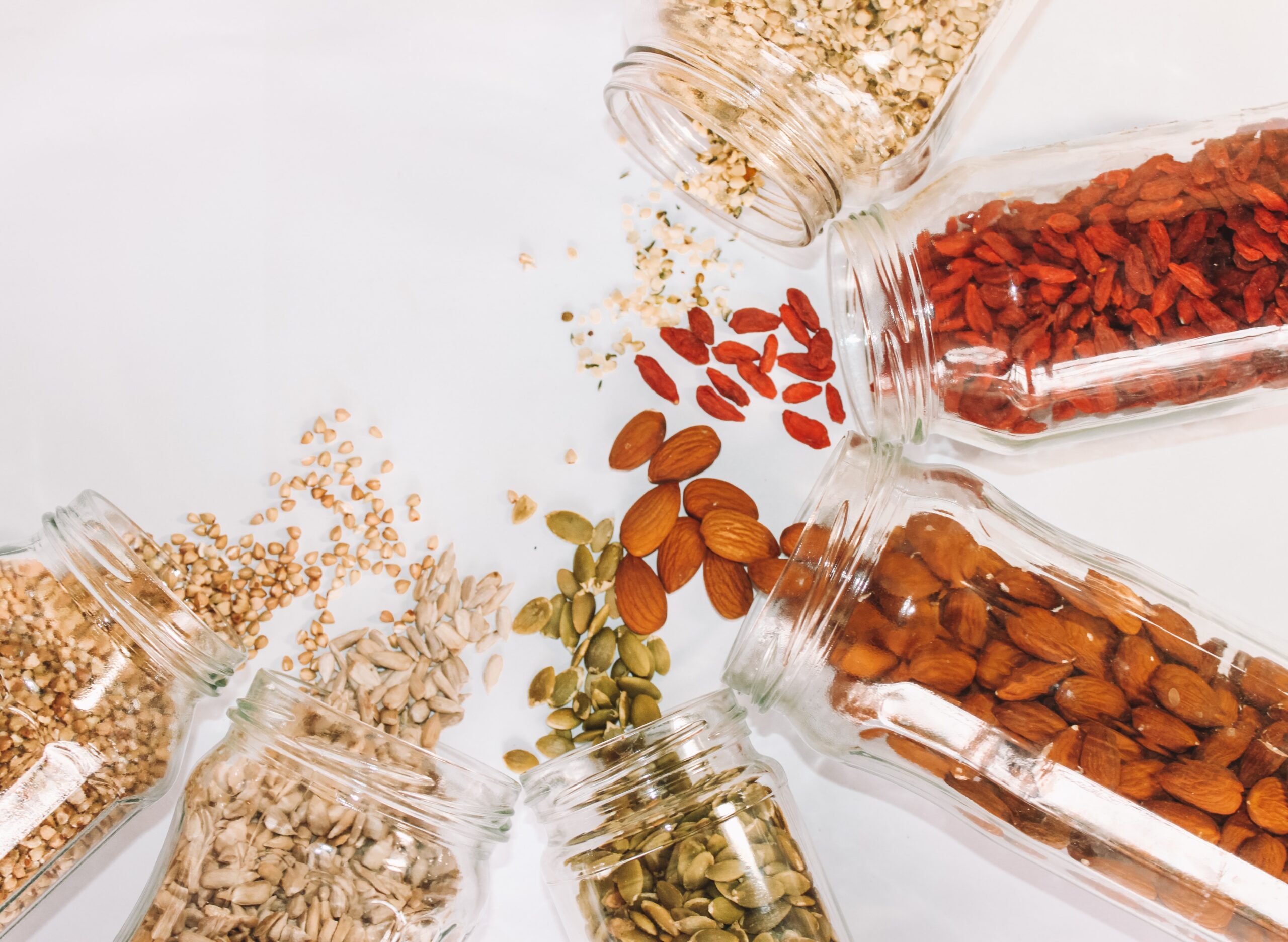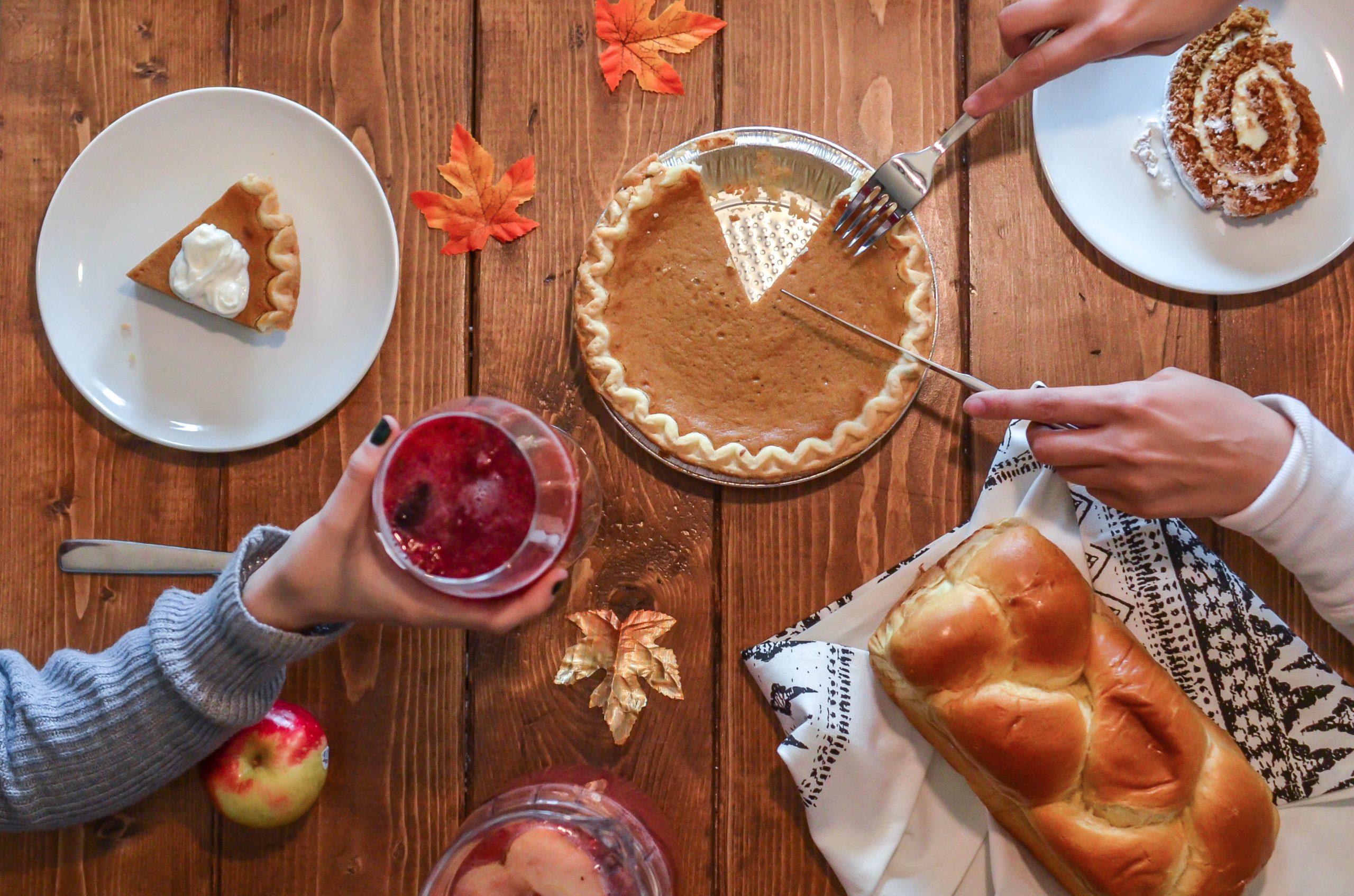It may seem like it’s tough to stay healthy and fit when you’re on a budget. But with some know-how, it’s definitely doable. Learn about how to make the most of your grocery shopping dollars and stock up on healthy foods so that you can stay strong and stick to your fitness goals without spending tons of money!
Healthy Living on a Budget
Eating healthy doesn’t have to cost you tons of money, however it is an investment in your well-being. Keep in mind that while some unhealthy foods can be cheaper than healthy alternatives, it’s more expensive to keep up with your health in the long run. The good news is that you can avoid those costly diseases without breaking the bank with some clever grocery shopping strategies.
Big Food Doesn’t Care About Your Health
The food industry is a multinational beast with an enormous amount of power and influence in our daily lives. From promoting unhealthy foods to almost picking your groceries for you, these companies only have their eyes set on one thing: making money at any cost – including the healthiness or sustainability behind it! Now’s the time to get smart about your food choices and use your money wisely towards your health rather than Big Food’s agenda.
The Fresh Market Vs. Aldi
Just because it’s fancier doesn’t mean it’s better. We followed the same shopping list at two different stores (one known for it’s “fanciness” and the other with some great deals) to compare:
| The Fresh Market | Aldi | ||
| Organic Red Bell Pepper | $3.99 | NatureSweet Conventional Mixed Peppers | $3.29 |
| Organic Broccoli Bunch | $3.75 | Organic Broccoli | $2.99 |
| Organic Bananas | $0.35 | Organic Bananas | $0.29 |
| Driscoll’s Organic Strawberries | $7.99 | Whole Strawberries | $4.29 |
| Sweet Onion | $4.99 | Yellow Onion Bag | $1.99 |
| Organic Gala Apple Bag | $6.99 | Organic Gala Apple Bag | $5.05 |
| organicgirl Baby Spinach | $6.49 | Simply Nature Organic Baby Spinach | $3.19 |
| Bob’s Red Mill Quick Cooking Rolled Oats, Organic | $6.49 | Millville Old Fashioned Oats | $2.75 |
| Jack’s Quality Black Beans, Organic, Low Sodium | $2.49 | Simply Nature Organic Black Beans | $1.09 |
| Morton & Bassett Spices Herbs from Provence, with Lavender | $8.99 | Stonemill Garlic and Herb Salt Free Seasoning | $2.85 |
| The Fresh Market Organic White Quinoa | $6.99 | Simply Nature Organic Quinoa | $3.19 |
| Tfm No Salt Ezo Albacore Tuna | $9.99 | Northern Catch Chunk Light Tuna in Water (Limit 6) | $2.37 |
| The Fresh Market Mixed Olives | $3.99 | Park Street Deli Jubilee Assortment | $3.29 |
| The Fresh Market Grass Fed Ribeye Steak | $18.19 | Thomas Farm Grass Fed Strip Steaks | $9.99 |
| The Fresh Market Organic Boneless Skinless Chicken Breasts | $8.99 | Simply Nature Fresh Organic Chicken Breasts | $5.89 |
| The Fresh Market Fresh Ground Dry Roasted Peanut Butter | $4.99 | Simply Nature Organic Creamy Peanut Butter | $4.25 |
| The Fresh Market Black Chia Seeds | $6.99 | Simply Nature Chia Seeds | $5.19 |
| Aphrodite Cheese, Feta, Barrel Ripened, Authentic | $8.99 | Emporium Selection Original Feta Cheese Crumbles | $2.45 |
| Califia Farms Unsweetened Almondmilk | $4.99 | Califia Farms Toasted Coconut Almondmilk | $3.85 |
| Stonyfield Organic Greek Plain Whole Milk Yogurt | $7.99 | Friendly Farms Nonfat Plain Greek Yogurt | $3.75 |
| The Fresh Market Organic Frozen Green Peas | $2.99 | Simply Nature Organic Peas | $1.39 |
| Total: | $137.61 | Total: | $73.39 |
As you can see, shopping for the same products at a value store can save you up to around 50%! Even with some organic and all healthy items.
Our Top Tips for Grocery Shopping on a Budget
Along with choosing a grocery store that best fits your budget, here are 11 more awesome grocery shopping and kitchen hacks that will help you save money while eating well:
1. Stock Up on Pantry Staples
Buy budget-friendly pantry items like beans, grains, and oatmeal to whip up healthy, simple meals quickly. These foods last for a long time and are often very inexpensive. They also come in handy when you’re short on money or groceries to keep you from just giving up and going to the drive-through.
2. Shop Seasonally
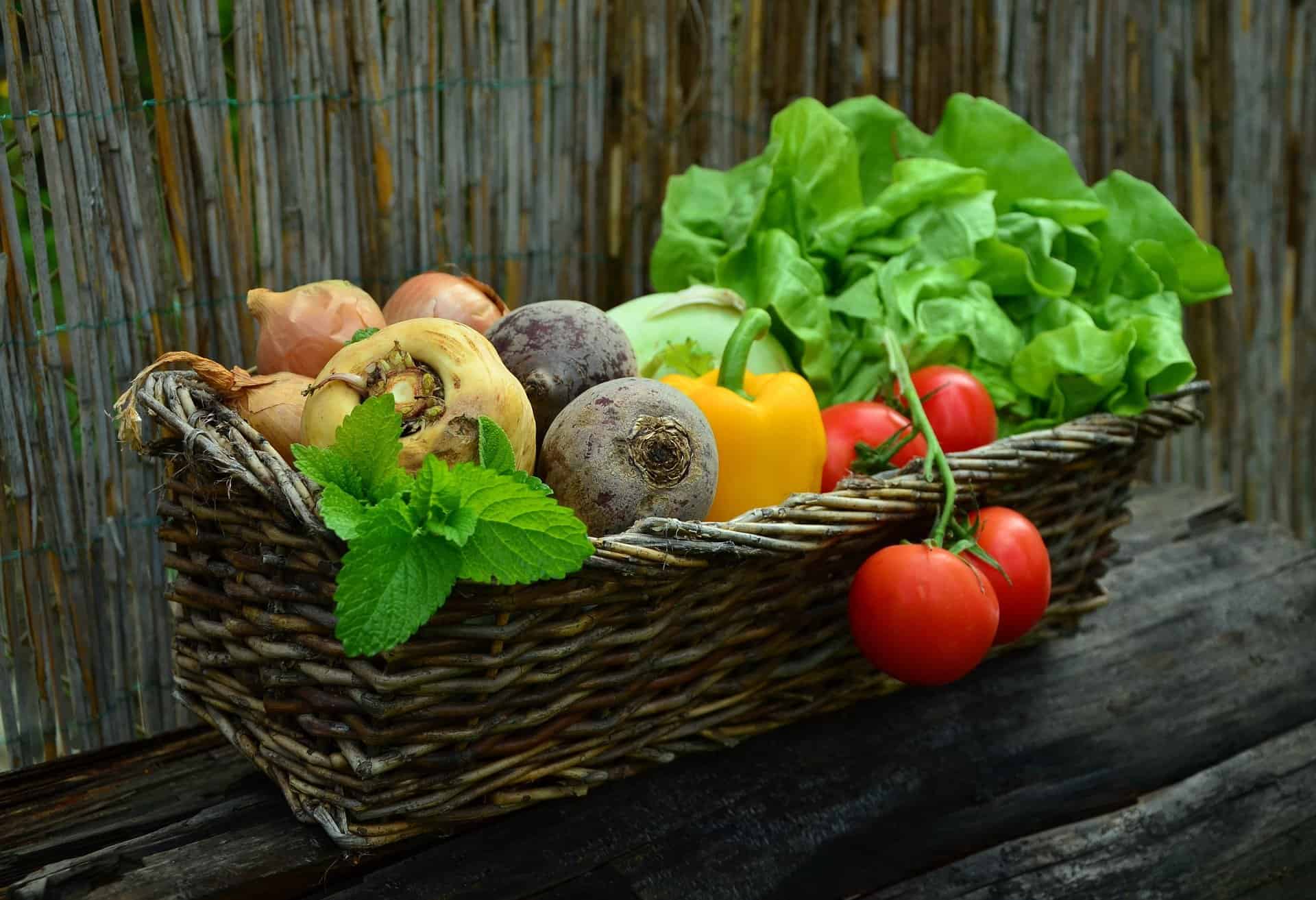
Fruits and vegetables that are in season are typically cheaper than those that are out of season. Take advantage of this by stocking up on seasonal produce when it’s available at a discount. If you’re looking for produce that isn’t in season, check out the frozen aisle. Not only will it be cheaper, but frozen foods last longer and they’re picked and flash frozen at peak freshness, so they’ll actually have an even higher nutrient quality than fresh produce.
3. Buy in Bulk
Grocery stores often offer discounts on items when they’re purchased in bulk. Buying in bulk means you’re buying in big quantities and it allows you to get more bang for your buck. If you have the storage space, keep your eye out for good deals and buy a few bulk items at a time so your pantry is always stocked with the essentials and you save money in the long run. Pro tip: spices are spectacularly cheaper when bought in bulk, so try to stock up on these healthy and flavorful ingredients in large amounts.
4. Try to Avoid Packaged Items

Prepackaged foods can add more expense and processing to your grocery cart. Instead, look for whole products like full heads of lettuce instead of a bag of lettuce, whole fruits instead of pre sliced, or freshly baked bread instead of a bag of bread slices. The more processed or packaged an item is, the more it will cost, so try to go for simple, whole foods that you can prepare at home.
You can even make your own baked goods, snacks, dishes, and even staples like pasta and muffins at home rather than buying them prepared and packaged at the store. These recipes also use a lot of the same simple, low-cost ingredients like eggs and flour. Not only will this save you money, but it will also allow you to control the ingredients and nutrition of your snacks.
5. Opt for the Store Brand
When budgeting for groceries, don’t be afraid to try the store brand. Often, store brands are cheaper than their name-brand counterparts and they offer the same level of quality (and often the exact same ingredient list).
6. Make a Shopping List Ahead of Time
One of the best ways to save money on groceries is to plan ahead. Make a list of meals that you want to make for the week and stick to it when grocery shopping. You can also check to see if your grocery store does click and collect so you can easily budget and purchase your groceries without any distractions in the store!
7. Plan Meals Based on Your Inventory
Another way to save money on groceries is to plan your meals based on the ingredients that you have on hand. This will help you avoid wasting both food and money. Try to create a meal plan for the week that uses up your inventory so that you can budget both your time and money by making a list of ingredients that you need, as well as a detailed shopping list.
8. Follow First in First Out
When storing food at home, it’s best practice to follow the first in first out (FIFO) rule. This means that you should always use the oldest product before using something new. By following FIFO, you’ll ensure that your groceries don’t spoil before their expiration date.
10. Know When to Buy Organic
In general, it’s best to purchase organic when budgeting for groceries. However, that may not always be possible or budget-friendly. When budgeting for groceries, consider buying non-organic products with thicker skin like bananas, mangos, and avocados because they tend to absorb fewer pesticides than foods with thinner skin such as strawberries and peaches. If buying organic is something that’s important to you, check out this list of must-buy-organic produce from the “dirty dozen”:
- apples
- celery
- strawberries
- peaches
- spinach
- nectarines
- grapes
- sweet bell peppers
- potatoes
- lettuce
- domestic cantaloupe and honeydew melons
- blueberries
11. What to Freeze and What Not to Freeze
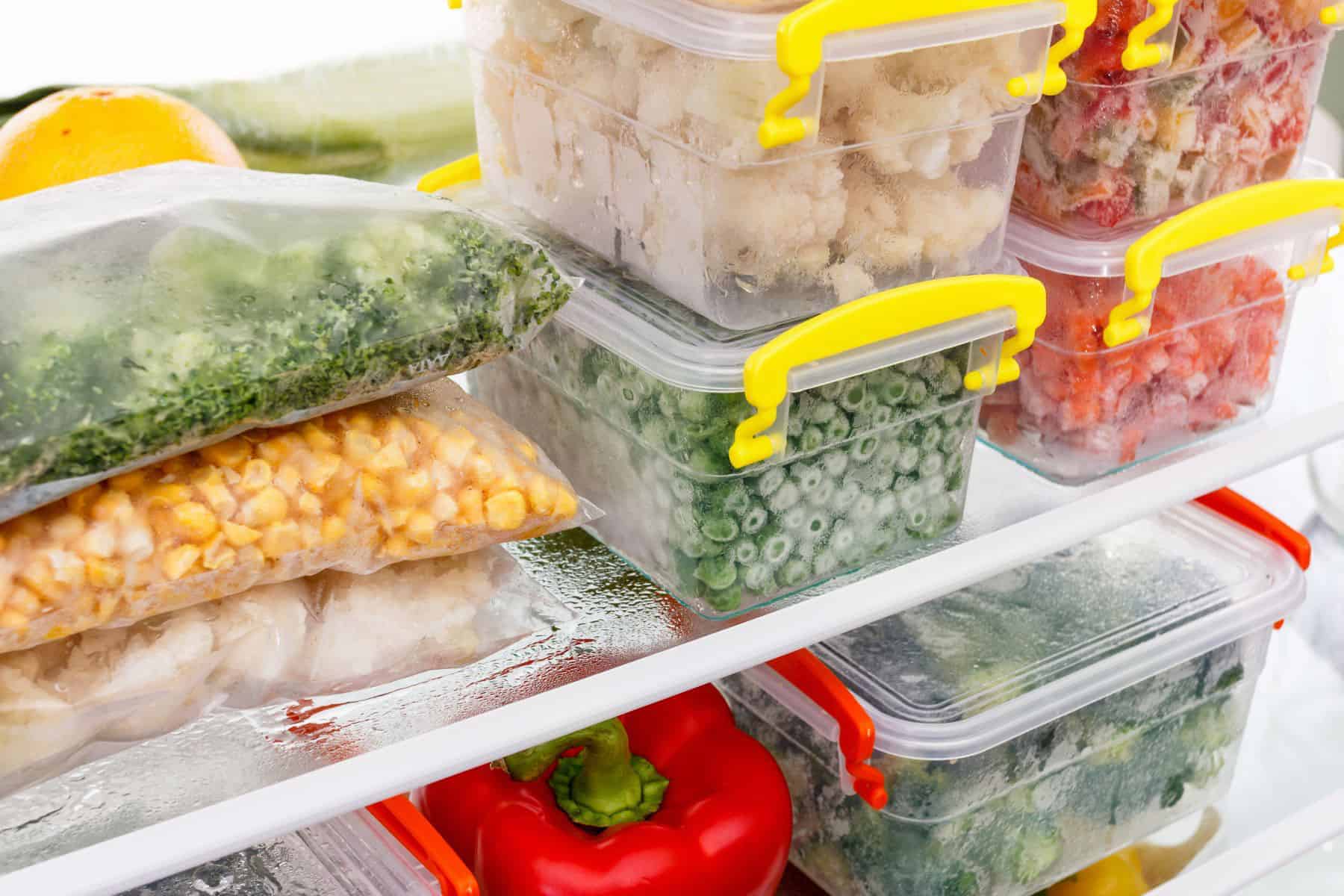
Eggs (unless you want to hard boil them), Milk or Cream, Yogurt or Pudding shouldn’t be frozen. This is because anything that has cream in it has the tendency to curdle when thawed as the fat will separate from the liquid. You can freeze things like bread, oats, and grains, however, sometimes freezing bread changes its texture so eat it quickly after taking it out of the freezer. The same goes for rice, pasta, crackers, and cheese. These items tend to come out a little mushier after being frozen. Oatmeal is a great item to freeze because it can be used in recipes or just microwaved with some water or milk added for a quick breakfast.
Keep in mind that most items should be cooked before being put in the freezer because it will be easier to cook. There are a few exceptions – like fresh produce – but most items will not last as long if they are not cooked first. It’s also a good idea to freeze food in small portions so they thaw evenly.
Final Notes
As you can see, there are many ways to stay healthy on a budget. You don’t have to sacrifice your health in order to save money when it comes time for grocery shopping. If you take the tips we’ve provided into consideration and use them wisely, you’ll be able to eat well without breaking the bank!


